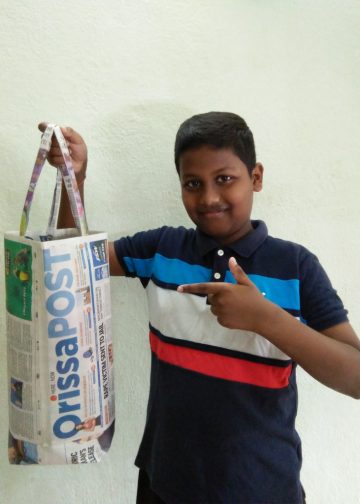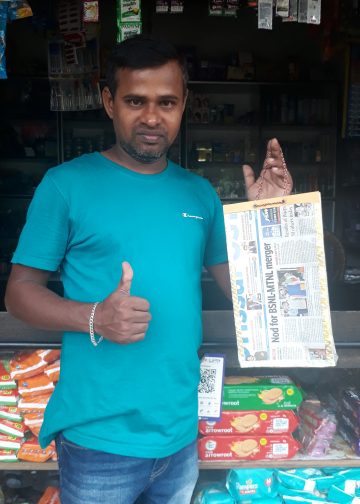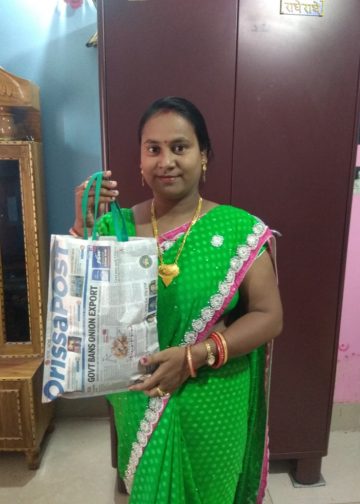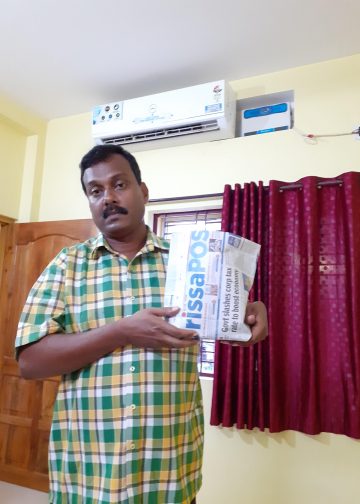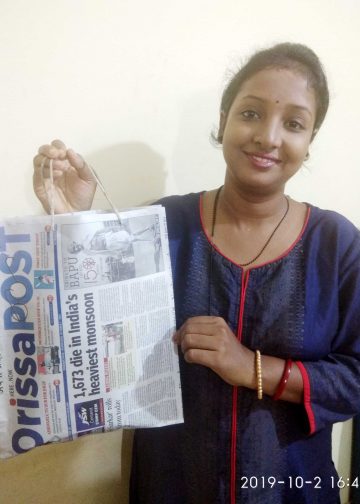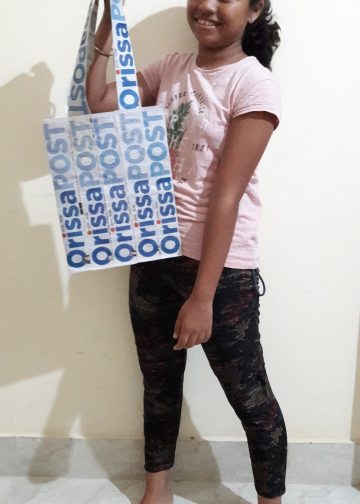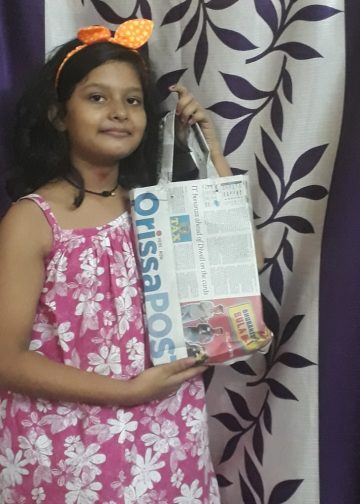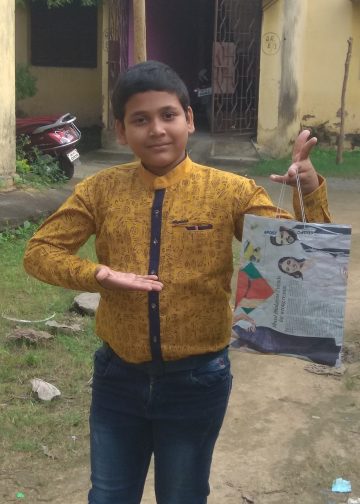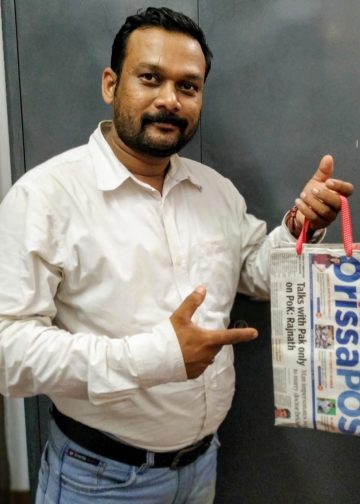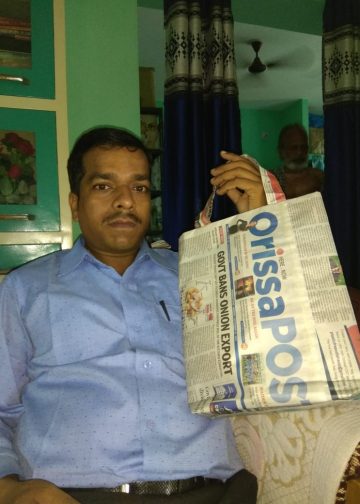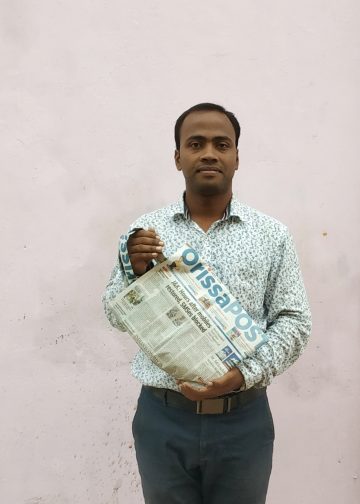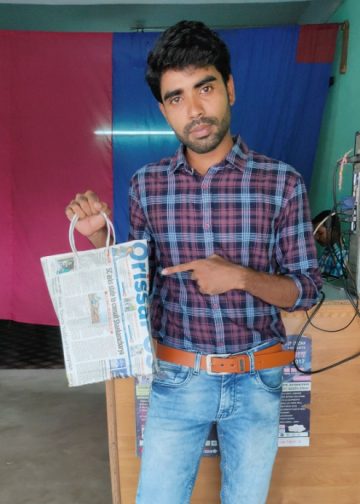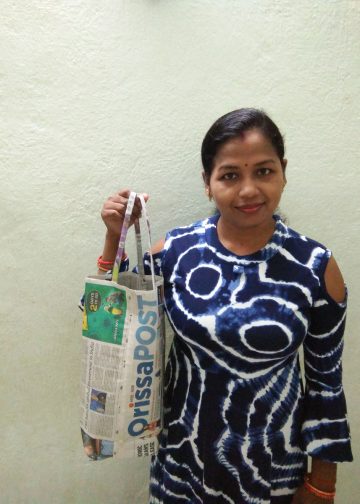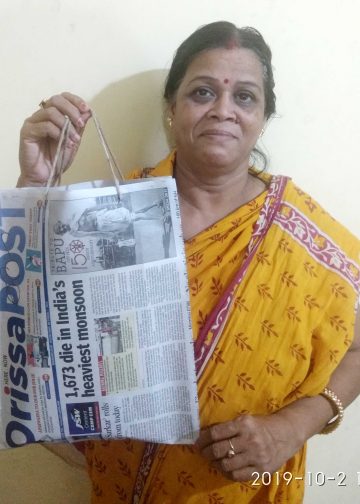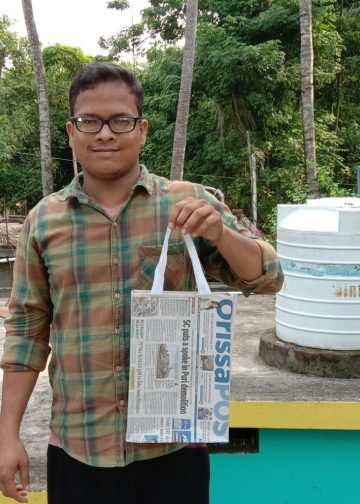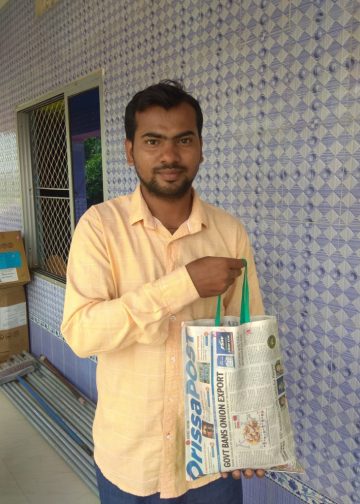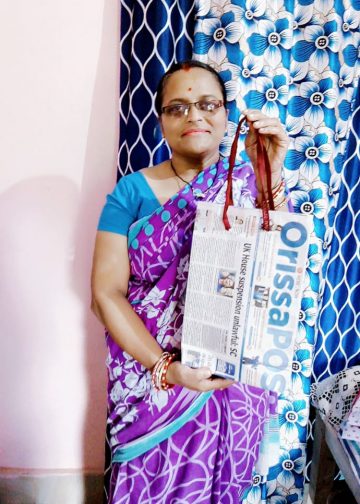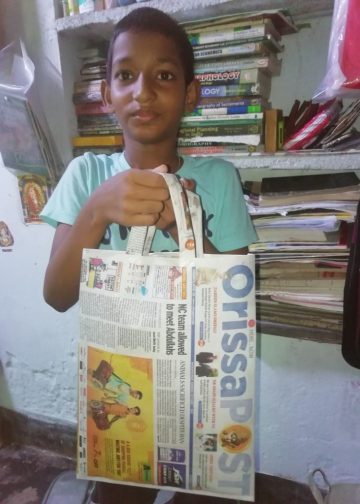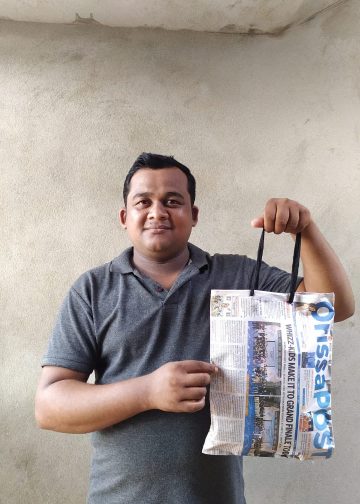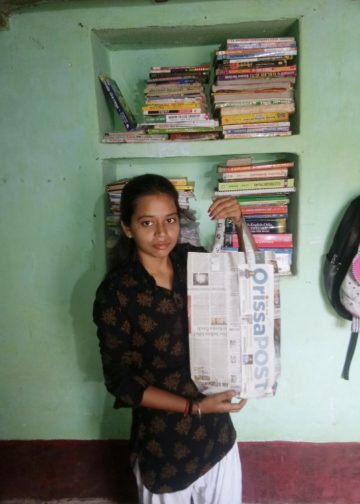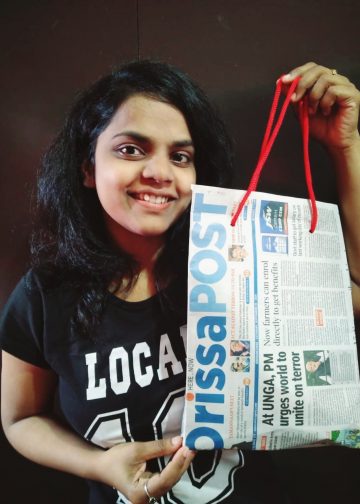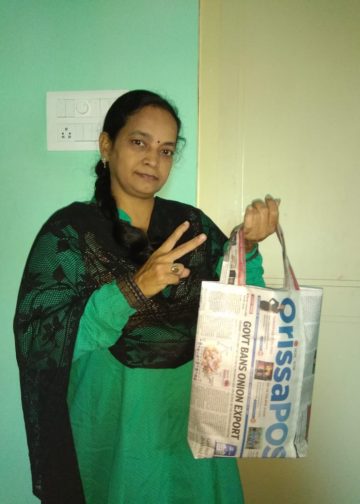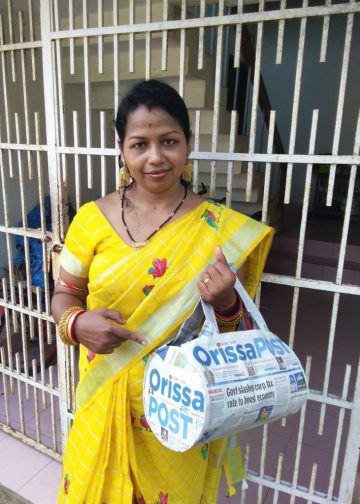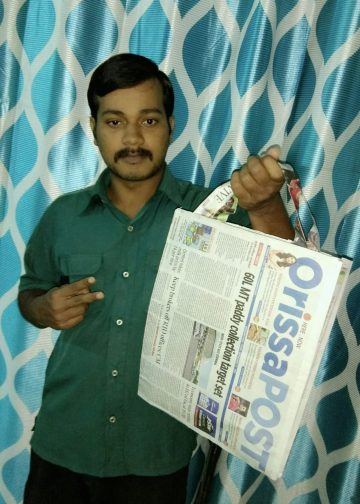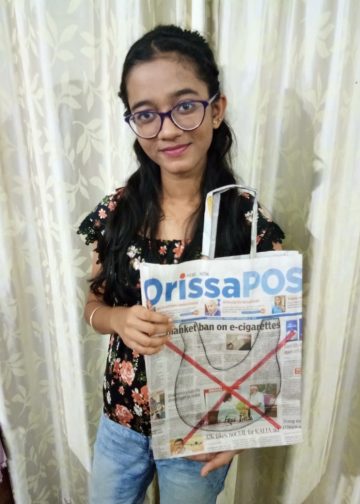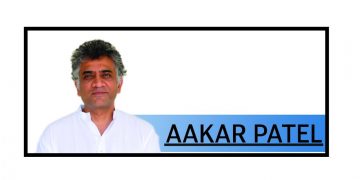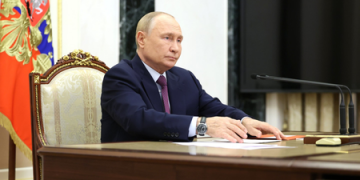Rashmi Rekha Das, OP
Oceans provide us with food, minerals, and oil. They are also a source of recreation and transportation. To protect the oceans and marine life is therefore an absolute necessity. The truth is that the population of many marine species is decreasing at an unsustainable rate and the horseshoe crab is one of the listed endangered species. The horseshoe crab, a chelicerate arthropod, is saidto be the oldest living fossil. These crabs are considered critical to human health protection and the biomedical industry. Without use of their blood, medical personnel would not be able to test for gram-negative bacteria, responsible for spinal meningitis, typhoid, Legionnaires disease, and other nasty life-threatening diseases.
However, horseshoe crab populations have dwindled drastically. Habitat destruction and changes in fishing practices have severely impacted the species. Sunday POST talked to a few scientists to know more about horseshoe crabs and ascertain the reasons for their fast-dwindling numbers.
Orissa is widely known for its glorious diverse ecology. Apart from the many prized species of flora and fauna, the state also has a living fossil to boast of. The horseshoe crab, which is widely found along the coast of Chandipur, existed long before the arrival of dinosaurs. Just two decades ago, horseshoe crabs were found in large numbers along the coastal belt, but now the species is confined to specific pockets like Eakakula beach, Balarampur and Chandipur beaches of Balasore district and the Hukitola areas of Kendrapada district.
According to scholars Siddharth Pati and Bishnu Prasad Dash, “The horseshoe crab is an amazing creature and considered to be the oldest living fossil in the world. It has descended from mud dwelling primitive arthropods, named trilobites, which lived in the Precambrian seas, nearly 600 million years ago. After 150 million years ago, the horseshoe crab evolved into its present shape. While so many animals, including dinosaurs and many other latecomers to the Mesozoic era, have become completely extinct, it is a wonder how the humble horseshoe crab has survived for such a long period. It seems that this animal can overcome all kinds of adverse situations in its estuarine and coastal shallow habitat. It can also tolerate wide ranges of temperature, salinity, desiccation and submergence.”
Horseshoe crabs are prized for their blue blood, as it finds wide application in bio-medical sciences. Its blood is used in making drugs for diseases like mental exhaustion and gastroenteritis. To humans, horseshoe crabs are important because their blood cells can be extracted and crushed to provide a lysate —a chemical uniquely sensitive to bacterial toxins—that can be used to check for microbial contamination.
Interestingly, the horseshoe crab is not actually a crab. In general, crabs have two pairs of antennae and a pair of mandibles, which are not present in the horseshoe crab. Instead, it is closer to spiders and scorpions. Two species of horseshoe crabs, Carcinoscorpiusrotundicaeuda and Tachypleusgigas, are found along the east coast of India. Horseshoe crabs were reportedly first seen along the Hukitola beach near Bhitarkanika wetlands area. They are known by different names like Ram Laxmania Kankada and Samudra Bichha.
What they say
Siddharth Pati, a conservationist, who has visited as many as six countries as part of his research on the horseshoe crab says, “The Association for Biodiversity Conservation is taking the initiative to conserve this valuable animal by involving the community. In most Asian countries, including India, the local fishermen are not fully aware of the economic importance of horseshoe crabs and usually discard them. This is because these crabs damage their fishing nets when they are trapped. Fishermen usually catch these crabs and throw them on the shore, leading to a higher rate of mortality of these animals.
“The Orissa government should think of setting up either a field station or a research centre as part of measures to curb the decline of this species. The decrease in the population of the horseshoe crab in several places is also due to the degradation and destruction of their habitat, especially their breeding grounds. Moreover, several activities, mainly related to fisheries and construction works along the coastline, are posing serious threats by destroying the natural breeding beaches. It is suspected that these crabs are being smuggled from the Bay of Bengal through Thailand and Malaysia.”
He adds, “These crabs have also contributed towards the invention of television. Ask how? Horseshoe crabs have two compound eyes on the top of their shell with a visual range of about three feet. By recording electrical impulses from the optic nerve of the crab, many underlying principles related to the functioning of the visual systems were discovered and this gave Dr H Keffer Hartline a shared part of the 1967 Nobel Prize. Besides, we may not be aware of the fact that astronauts on the space station have a device to search for signs of life, whether that life is from Earth or of extraterrestrial origin. NASA first launched the Lab-on-a-Chip Application Development Portable Test System (LOCAD-PTS) on the space shuttle Discovery in December 2006. Scientists derived the sensitive enzymes from the primitive but highly sensitive immune systems of ancient horseshoe crabs and made LOCAD-PTS. Astronaut Sunita Williams first tried out the LOCAD-PTS.
“That apart, Dr C Hering introduced the use of horseshoe crab in homeopathy. Limulus medicine, introduced by him, is prepared from the haemolymph of the horseshoe crab. This medicine is used for the treatment of mental exhaustion and gastro-enteric symptoms. In Singapore, pregnant women eat the egg mass of the horseshoe crab for giving immunity to their foetus,” says Pati.
According to ecological conservationist Kesu Das, “This valuable species of crab is a boon to mankind and medical science. To save this living fossil,which has survivedfor 450 million years,from extinction, I have started an initiative to organise sand art, exhibitions and conferences to generate awareness among the people.”
Bishnu Prasad Dash says, “A lot of research has to be done on horseshoe crabs. Only four species of the crab exist in the world, and two of them are found along the coast of the Bay of Bengal. The department of Bioscience of Fakir Mohan University has been working on the subject for the last few years. We plan to introduce a course on the life forms that are seen in this area, such as horseshoe crabs, turtles and crocodiles. We have already prepared some papers on the subject,” he said.
He adds: “The change from indigenous practices such as fishing by country boats using monofilament nets to mechanised fishing by outboard and trawler boats which dredge the seafloor using multifilament nets has had a devastating impact on the horseshoe crab habitat.”
Gobind Chandra Biswal says, “The early Indians used the tail spines of the horseshoe crab as spear tips and the body after grinding as a fertilizer in their fields and ponds. In India, some of the tribes inhabiting the north-east coast of Orissa still use the tail piece to get relief from different types of pain either by tying it on their arms or pricking their forehead with it. It is said that the tail tips are used for healing arthritis and other joint pains and are sold by faith healers. In Orissa, they boil the live horseshoe crabs in mustard oil for some hours and use the extract as medicine. Besides, they hang the carapace of crabs as an auspicious symbol during construction and pregnancy to get relief from an evil eye.”
Biswal further says, “The tail of the horseshoe crab is also used for making small ornaments in China. It is believed that Indians in the early days used to eat the appendages of the horseshoe crab. They also used the hard carapace as a vessel for eating food and drinking water. The fishermen sell hundreds of dried shells of the horseshoe crab to tourists and to the entrepreneurs involved in the tourism industry in Korea. However, in India, the fishermen are ignorant of the commercial importance of the horseshoe crabs and generally throw them back into the sea when they are caught in the trawl net while fishing.”
Use of horseshoe crab
- Biomedical companies catch and bleed horseshoe crabs to produce a chemical (LAL, TAL) used to detect the presence of bacteria in injectable drugs.
- The chitin from horseshoe crabs is used in the manufacturing of chitin-coated filament for suturing and chitin-coated wound dressing for burn victims.
- Fishermen catch horseshoe crabs for use as bait in the lucrative eel and conch fishery.
Peri-vitelline fluid (PVF) from the crab is used in the treatment of ischemic and vascular diseases. - PVF from the horsehoe crab is reported to have increased the proliferation of beta cells which is beneficial for insulin production in human beings.
- PVF of the fertilized eggs of horseshoe crab is seen in the culture media and growth factor.








